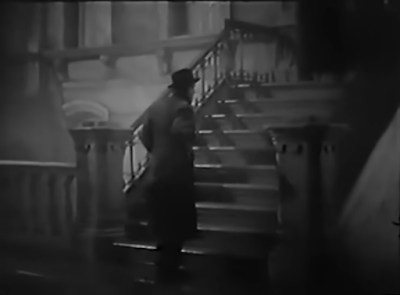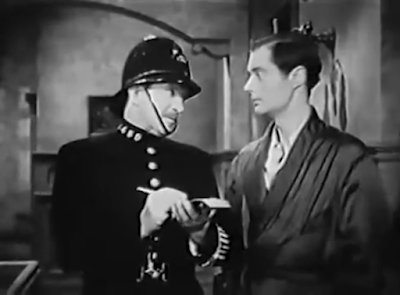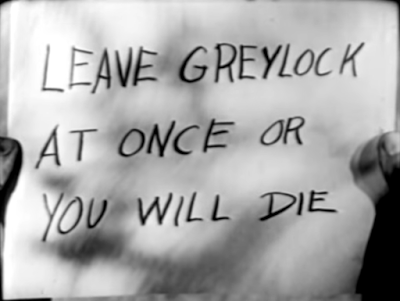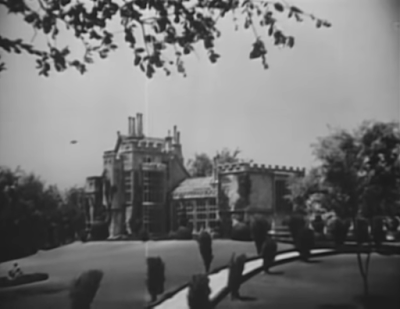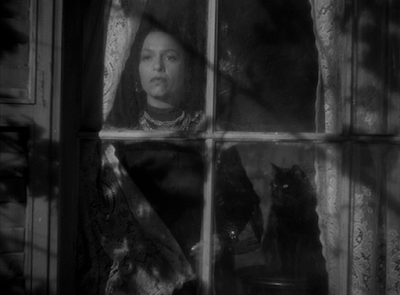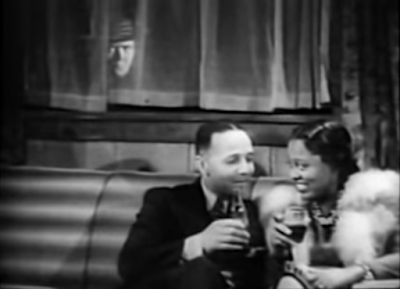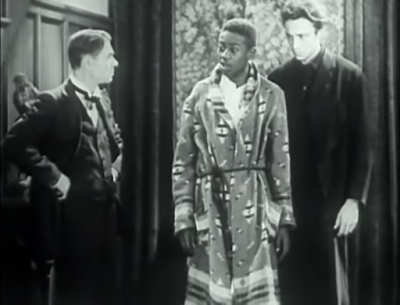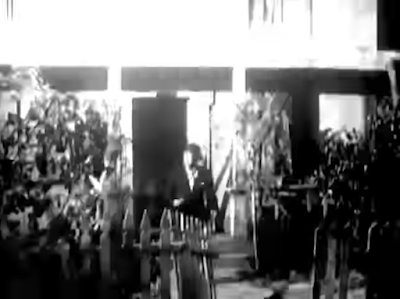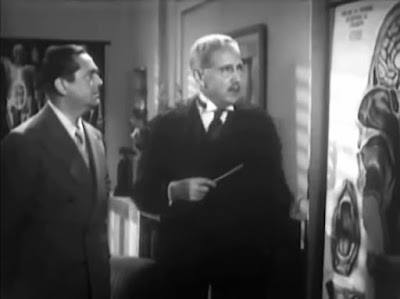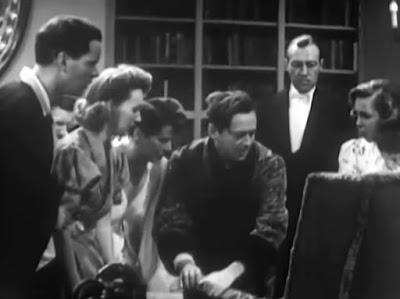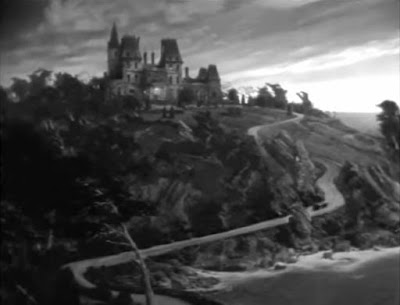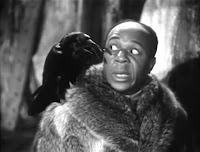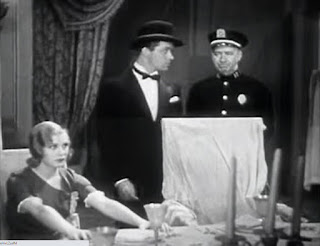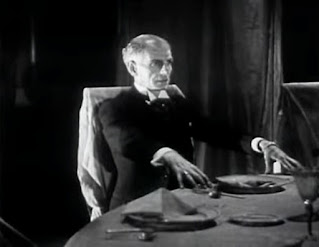"Strangers in the night... exchanging glances... Wond'ring up and down... the stairs of Mrs Armitage's Lodgings... Repeatedly, in the dark... being all shifty and stuff..." What was I saying again? Oh yes, it's the 1941 mystery, SHADOWS ON THE STAIRS.
Welcome to 1930s London, where Mrs Armitage's guesthouse is seeing a lot of action - whether it's the various romantic trysts going on amongst the lodgers, the shady smuggling operation overseen by Indian resident, Ram Singh, or the fact that dead bodies are starting to turn up left, right and centre. It's a rum do, alright, and I wouldn't be surprised if it takes longer than the standard sixty minutes to sort out, especially if there's some sort of plot twist to factor in too...
Sadly, all of the elements that make up Shadows on the Stairs sound a bit more interesting in concept than they do when dashed into the mix here. While characters a-plenty boast quirks a-plenty, no one manages to emerge as an interesting protagonist and, in fact, there's a tendency for the more irritating characters to sidle centre-stage, including Mrs Armitage herself (Frieda Inescort), her daughter Sylvia (Heather Angel) and, as the whodunit comes to the fore, a truly annoying, stiff upper-lipped police constable (Charles Irwin).
That's not to suggest the acting is any worse than your standard Old Dark House movie. There's definitely some amusement to be found amongst the performers, who play their stereotypical old maids, dull husbands and roguish foreigners to the hilt. Character actor Turhan Bey, whose Turkish heritage led to his casting in a range of interesting roles, got his first proper credit here, and Mary Field more-or-less steals the film as the awkward Miss Snell, who's never more than a moment away from recounting the entire plot of her latest library book in dangerous detail.
The English backdrop is convincing enough to give this the feel of a British production (it's not - it was filmed in Hollywood by Warner Bros.) but the initially befuddling plot doesn't ease you into its world. Similarly, the climactic reveal has a certain degree of charm, being an earlyish example of a now-familar conceit, but isn't likely to convince you you've invested your time particularly wisely. Ultimately, I'm afraid I just can't recommend this very highly... It's not bad, but plenty of other Old Dark House movies leave it loitering in their shadows.
RATING: 🕸
